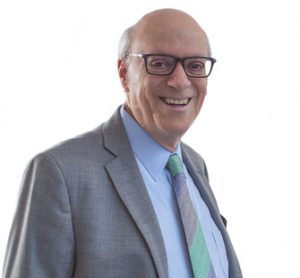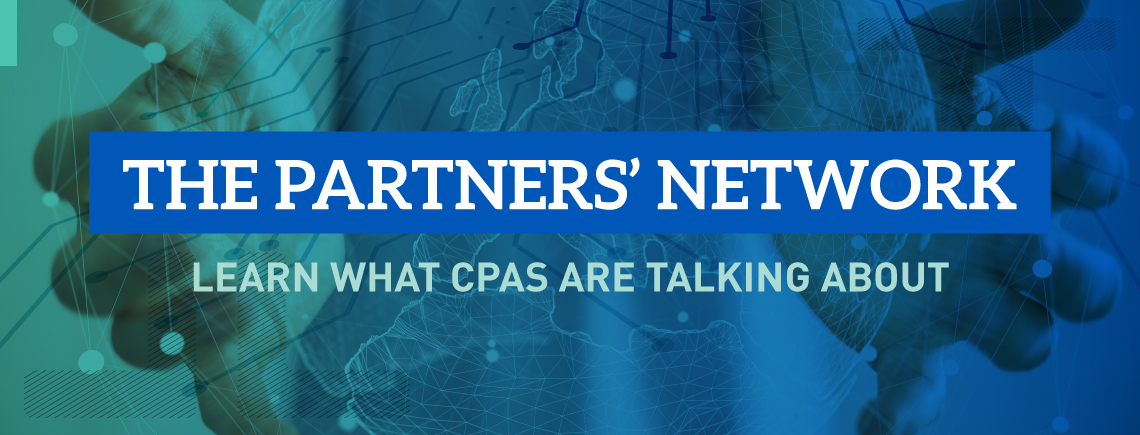How Washington Created the Presidency
George Washington became president with a blank page as a guide. There were no rules; no instructions; no role models; and no guidance. Everything had to be created anew. Further, everything he did would be scrutinized, commented on and emulated and would become a precedent for all time; not only for America but all the other countries seeking freedom, liberty and self-government. And he knew this. He accepted the burden, and then went about creating the executive branch of the government of the United States of America.
For months he carried on his administrative duties without help. The new nation’s debt domestically and to foreigners including interest was a staggering amount and had to be dealt with. Not realized by posterity is that Washington was a meticulous watcher of his money, understood how it flowed, and had a strong antipathy for debt. A major priority was to establish the public credit. His choice of financier Robert Morris as the first Secretary of the Treasury declined but he recommended Alexander Hamilton [who Washington was very well acquainted with] who was offered and accepted the position. Hamilton was nominated on September 11, 1789 along with others for fiscal positions and they were confirmed minutes later – four and a half months after Washington was inaugurated and was working alone. A comment is that everything Hamilton eventually proposed and put into action had the approval, agreement and blessing of Washington. They both saw eye-to-eye on the big picture of establishing the nascent nation’s credit and financial system.
Other initial cabinet members were Secretary of War Henry Knox confirmed with Hamilton, Attorney General Edmund Randolph confirmed Feb 2, 1790, Acting Secretary of State John Jay on Sep 26, 1789 replaced by Thomas Jefferson March 22, 1790. The cabinet is not provided for in the constitution and was created by Washington. The name “cabinet” arose when James Madison described the assemblage as “the President’s cabinet.” Washington tried to choose people from different parts of the country for credibility, balance and support from the citizenry.
Other tasks Washington took on was dealing with the many petitions for federal jobs and pensions, the location and establishment of a Federal City, i.e. Washington, DC, developing and normalizing free and safe commerce and trade between the states and other nations, promoting farm and agriculture development, innovation and invention, encouraging a beginning manufacturing sector, urge the rapid creation of a postal system and post roads and navigable passages to facilitate trade, national communications and political knowledge, to foster business and private investment and forge national unity.
Washington had to figure out how to carve out national responsibilities that did not infringe on states’ rights, deal with Native American affairs, land expansion and wage war to protect territorial rights against foreign nations and forming and maintaining alliances with foreign nations, and the need to travel to all the states to bring a personal message making them feel they are part of the United States.
Washington had an overwhelming responsibility and everything he did was not only for the first time but he also had to think about it having to be done. Washington was a great man and an even greater man than he gets credit for. He created the role of the president of the United States.
For additional information read First Entrepreneur by Edward G. Lengel, a great book.
How Can We Help?



